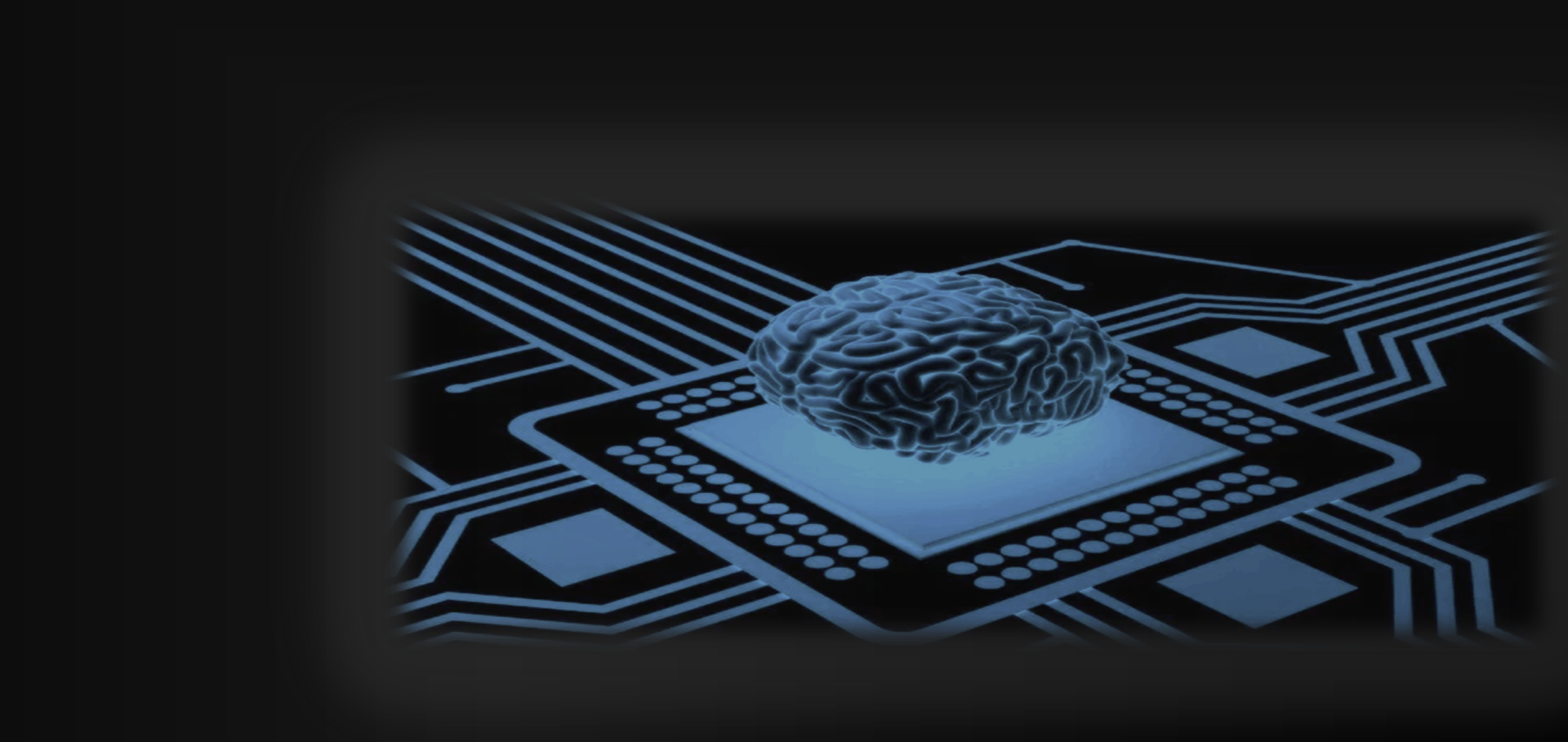Chiral damping in magnetic domain-walls (Conference Presentation)
Proceedings of SPIE--the International Society for Optical Engineering SPIE, the international society for optics and photonics (2016) 993130-993130-1
Chiral damping of magnetic domain walls
Nature Materials Springer Nature 15:3 (2016) 272-277
Spin–orbit torque magnetization switching controlled by geometry
Nature Nanotechnology Springer Nature 11:2 (2016) 143-146
‘Chiral damping of field driven magnetic domain walls’
Nature Materials, 15, 272-277 (2016).
Abstract:
Chirality-Induced Asymmetric Magnetic Nucleation in Pt/Co/AlOx Ultrathin Microstructures
Physical Review Letters American Physical Society (APS) 113:4 (2014) 047203


